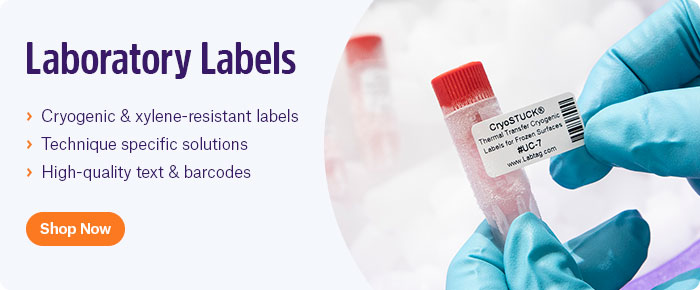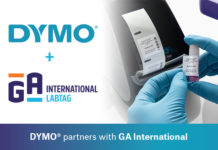
Measuring a lab’s performance is no easy task; with a variety of potential key performance indicators (KPIs) and limited time to measure them all, assessing clinical lab performance can be burdensome, time-consuming, and expensive. It’s therefore essential to optimize how KPIs are measured and used to better understand the best ways of verifying performance, so that it can be improved upon in the future.
The “Big Ten” KPIs
KPIs can generally be broken down into ten major categories, all of which should be used, each to a certain degree, to measure clinical lab performance. These are:
- Turnaround time (TAT): Typically defined as the time between when the sample is received and the result has been reported. It can be measured by subtracting two timestamps. When measuring TAT, a predictable TAT is preferred over a shorter mean TAT.
- Identification error rate: Rate of incorrect patient or physician information appearing on a sample. It can be measured by taking into account either misidentified request forms and/or patient samples.
- Timeliness: The rate at which reporting of results occurs prior to a predefined due date set by the physician. It can be measured using either TAT or by setting due dates for results.
- Sample hemolysis: Damage of red blood cells, leading to the release of free hemoglobin in the container.
- Inadequate sample volume: The sample volume doesn’t meet the requirements to run a test.
- Labeling error rate: Unlabeled samples, mismatched labels, damaged/unreadable labels, and containers with only one identifier are all considered labeling errors.
- Wrong container: Samples collected using a container not suited for the intended analysis.
- Sample clotted: Whole blood samples that develop a red clot or plasma samples that develop a fibrin clot.
- Samples lost/not received: Samples that cannot be located following collection. This can be measured by either considering the number of samples not received by the lab or the number of samples lost within the lab.
- Cost: Measured as a monetary value, it includes personnel cost, inventory cost, maintenance cost, and reagent cost. Invested time (e.g., decreased overtime) can also be used as a proxy for monetary cost.
Using indicators to improve performance1
All the indicators above are proper measures of clinical lab performance; however, not all have been used in the literature accordingly. In a 2019 review performed by researchers at the University Medical Center in Rotterdam, the Netherlands, of laboratory KPIs and their definition, measurability, and impact on performance, it was found that the distribution of KPIs assessed in the literature was biased towards TAT. However, as noted by the authors, while a low TAT does reflect an inefficient process, it can’t identify specific deficiencies in the process itself and, therefore, can’t be directly applied to Lean and Six Sigma methodologies to optimize workflows.
Interestingly, there were major differences when the authors compared the full distribution of KPI types between laboratory medicine literature and production process literature. While both frequently mention TAT, the KPIs listed in laboratory medicine articles are mostly related to reducing errors, and those found in production process papers relate to workflows, resource utilization, and cost. Interestingly, lab personnel can immediately solve the lab-centric KPIs from their respective articles, whereas process-related KPIs require a shift in lab framework from the top. However, regardless of the type of KPI, each can affect others if not fully optimized. For instance, continual labeling errors can result in higher resource utilization and costs.
From the study, it is clear that while TAT can be an overall measure of laboratory “health,” it cannot fully describe how all other relevant metrics are performing, resulting in a given TAT. A more helpful set of measurements would, therefore, be based on the lab’s specific needs, incorporating the type of testing it performs as well as potential problem areas that require optimization. Customization of KPIs should then be chosen by all stakeholders with knowledge of the inner workings of the lab, such that areas suspected of being deficient can be quantified and improved.
LabTAG by GA International is a leading manufacturer of high-performance specialty labels and a supplier of identification solutions used in research and medical labs as well as healthcare institutions.
Reference:
- Tsai ER, et al. A critical review of laboratory performance indicators. Crit Rev Clin Lab Sci. 2019;56(7):458-471.


